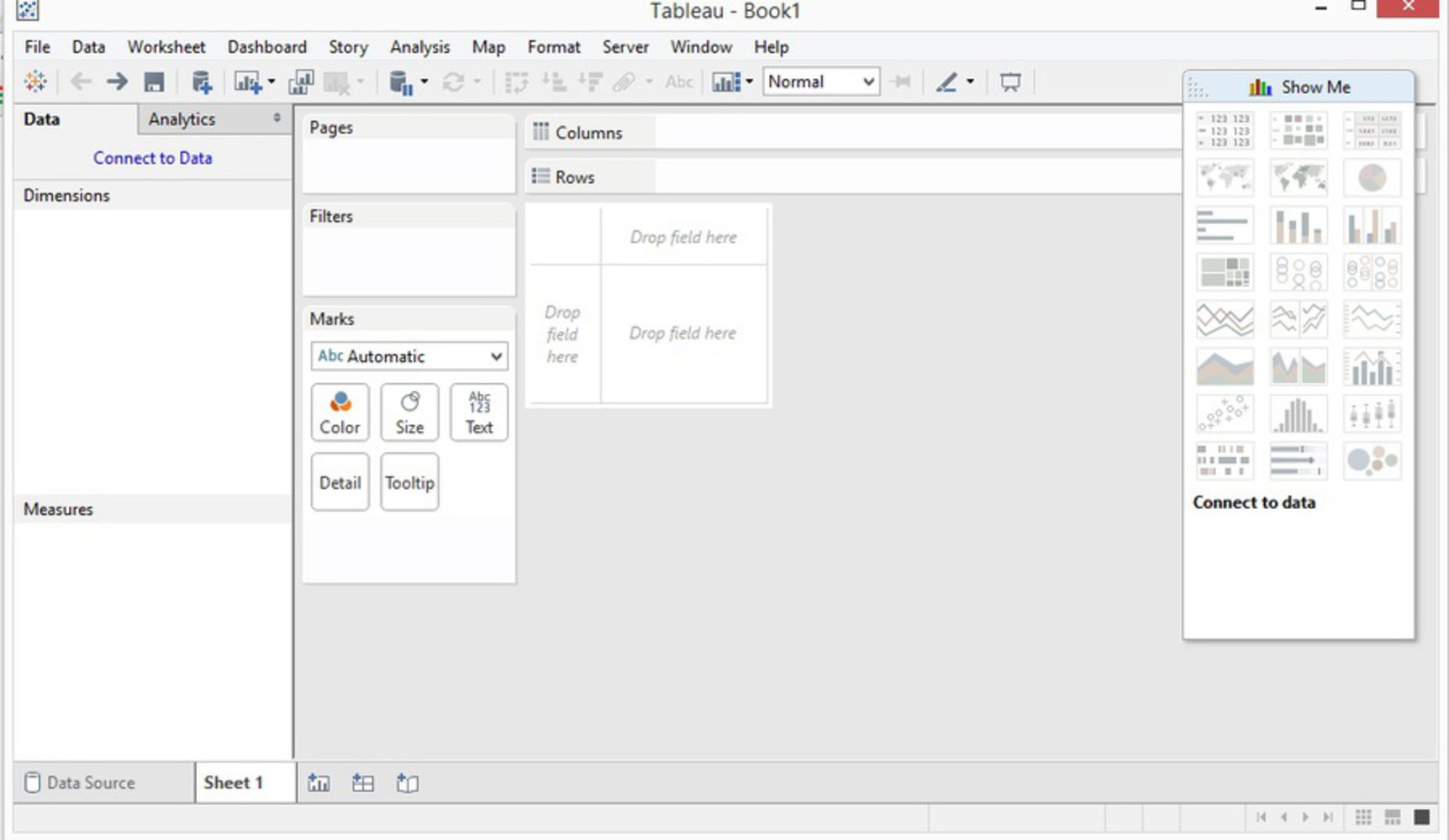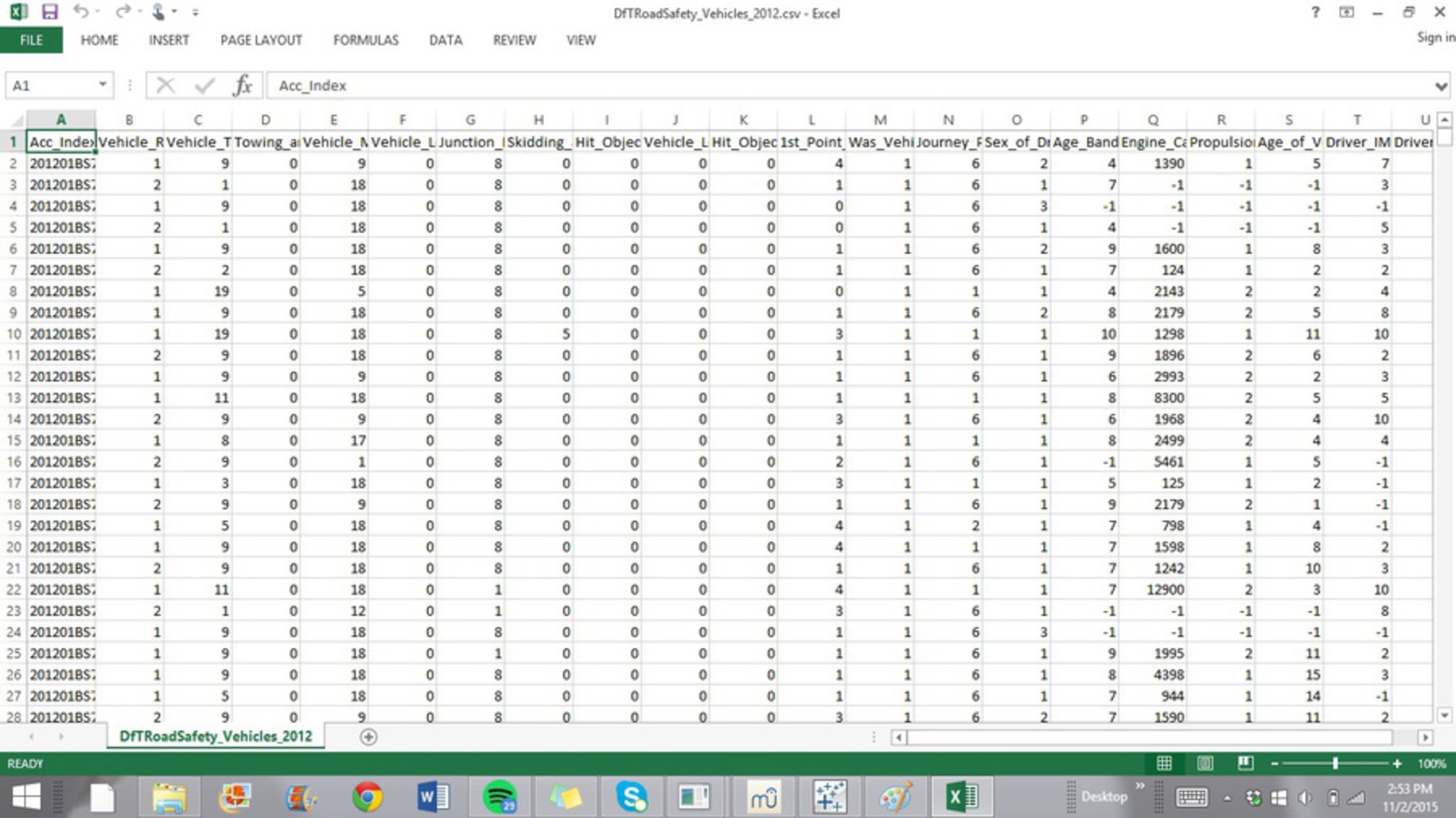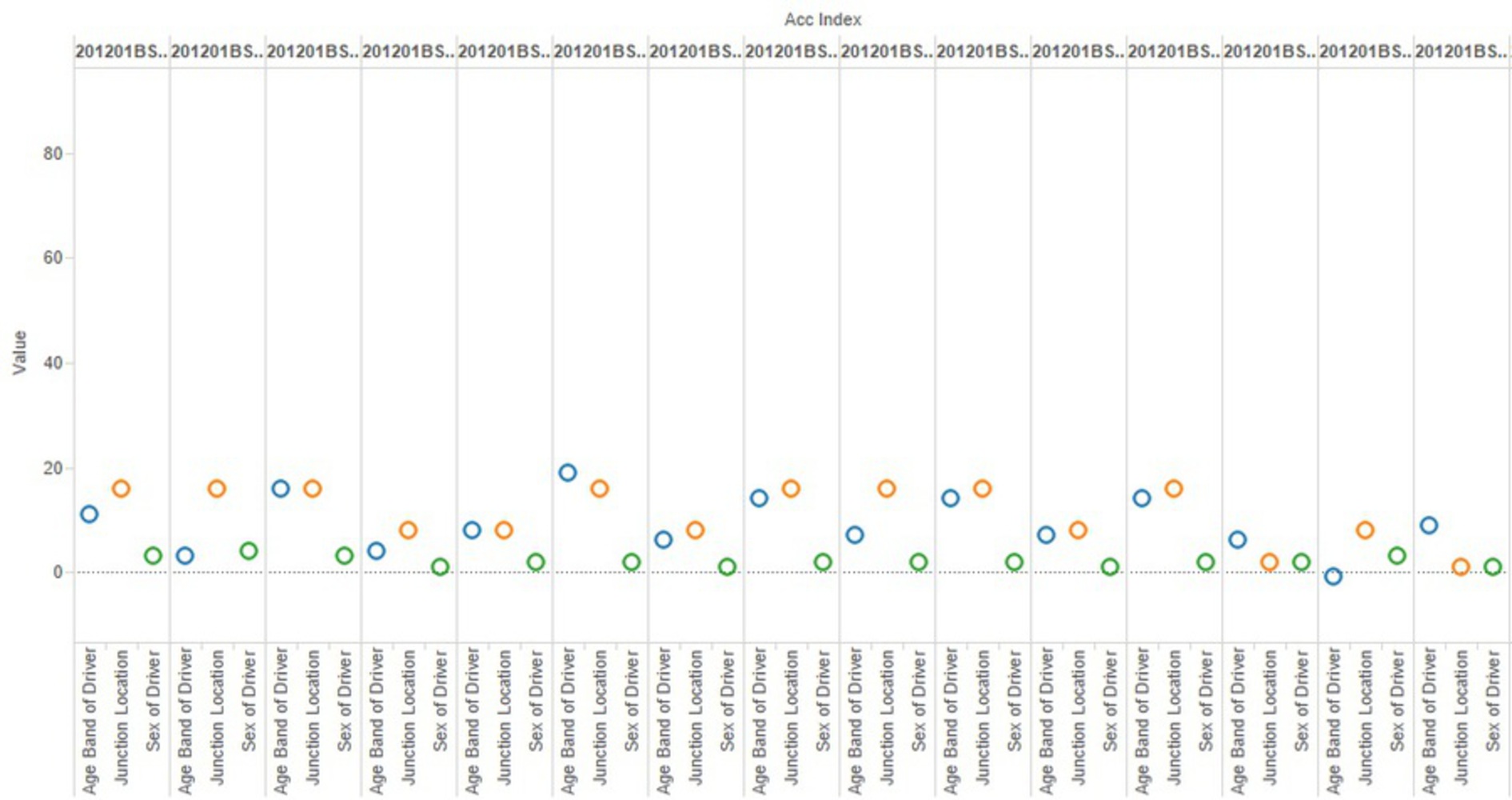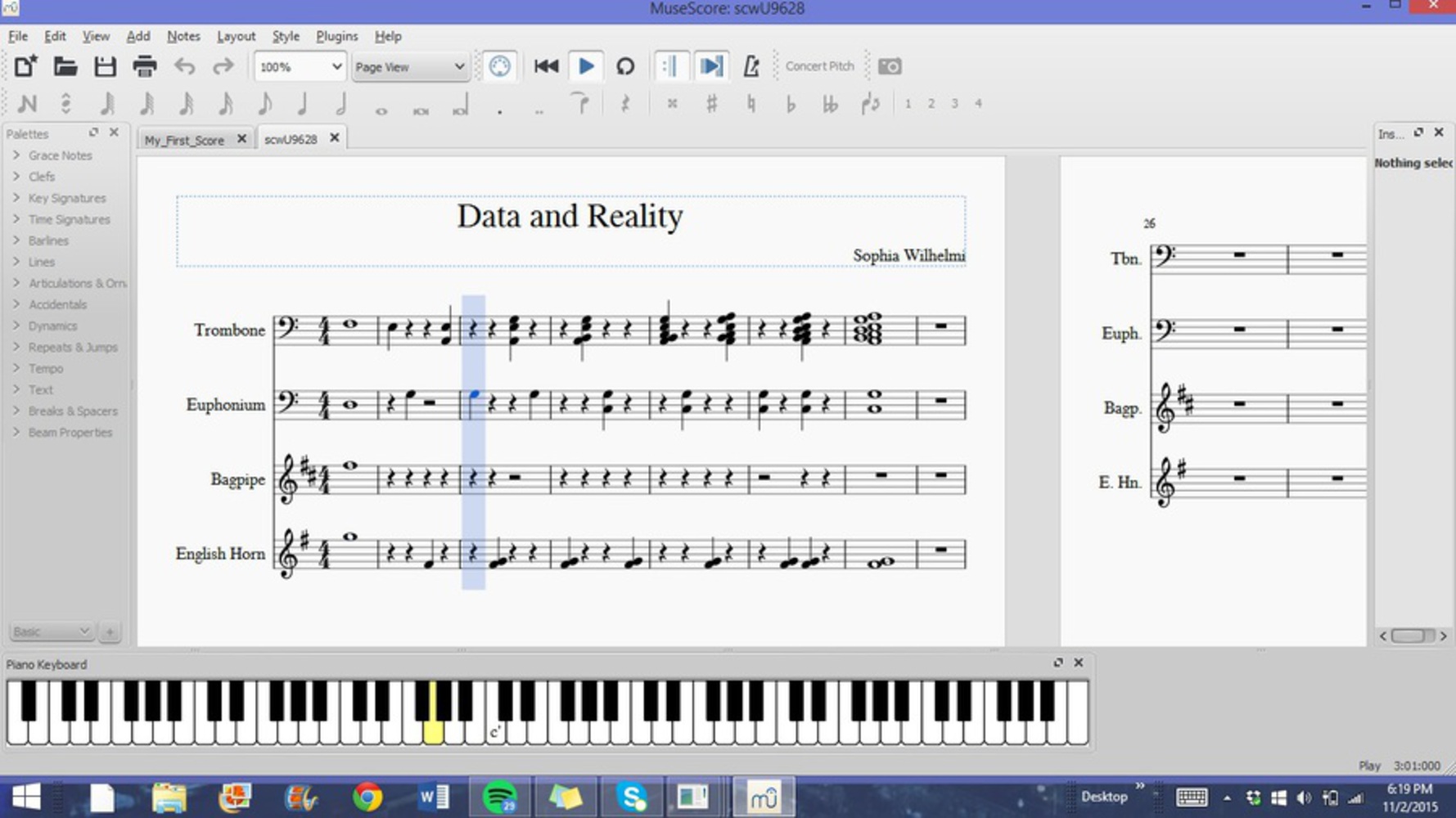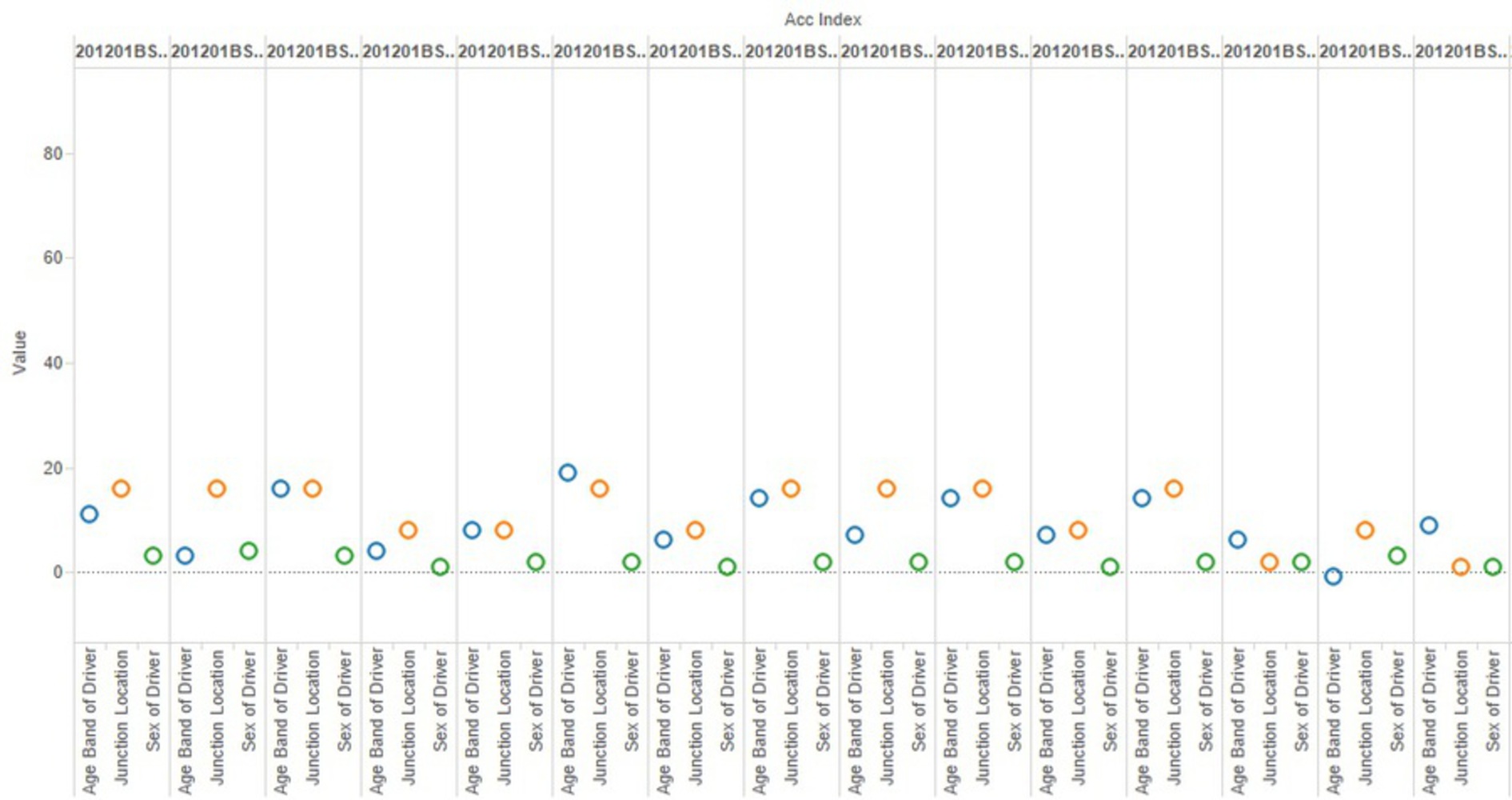I started the piece with a manufactured "car horn", one you might here right before impact of a car accident, especially if multiple cars are honking their horns. After that, I went through the visualization as if it was sheet music, with a twist. The first three notes are following logically, that the blue circle is high, showing a higher age, and the orange circle is a little higher still, therefore that is how they are represented with the notes of the trombone and euphonium, respectively. The next three notes take the first note from their instrument and play it with the second point of that datapoint (age, sex, or junction). As you can see, once an age has been played (note on the trombone staff), it is played with all other ages, every time an age is played. This adds to the fact that so many demographics are represented by being involved in car accidents, and that they do add up, just as the sound builds off of itself. The sound gets louder and more menacing as well, as the notes start to clump and clash with each other. I stopped collecting data onto each respective staff as the sound seemed to reach its climax. This represents how some data is left out because it doesn't fit well with the intent of the artwork.
The data that I lied about: The Sex data did not make sense to me. The numbers of Sex of Driver ranged from -1 to 3. These were all recorded in 2012, and I doubt that the gatherers of these statistics are that progressive to be anything but gender binary. Therefore, I just selected the closest number, 1 or 2, to signify boy or girl. In the sheet music you can see that the English Horn therefore only plays two notes. This shows how confusion of the data is often simplified to make sense to the masses, often losing some of its honesty.
